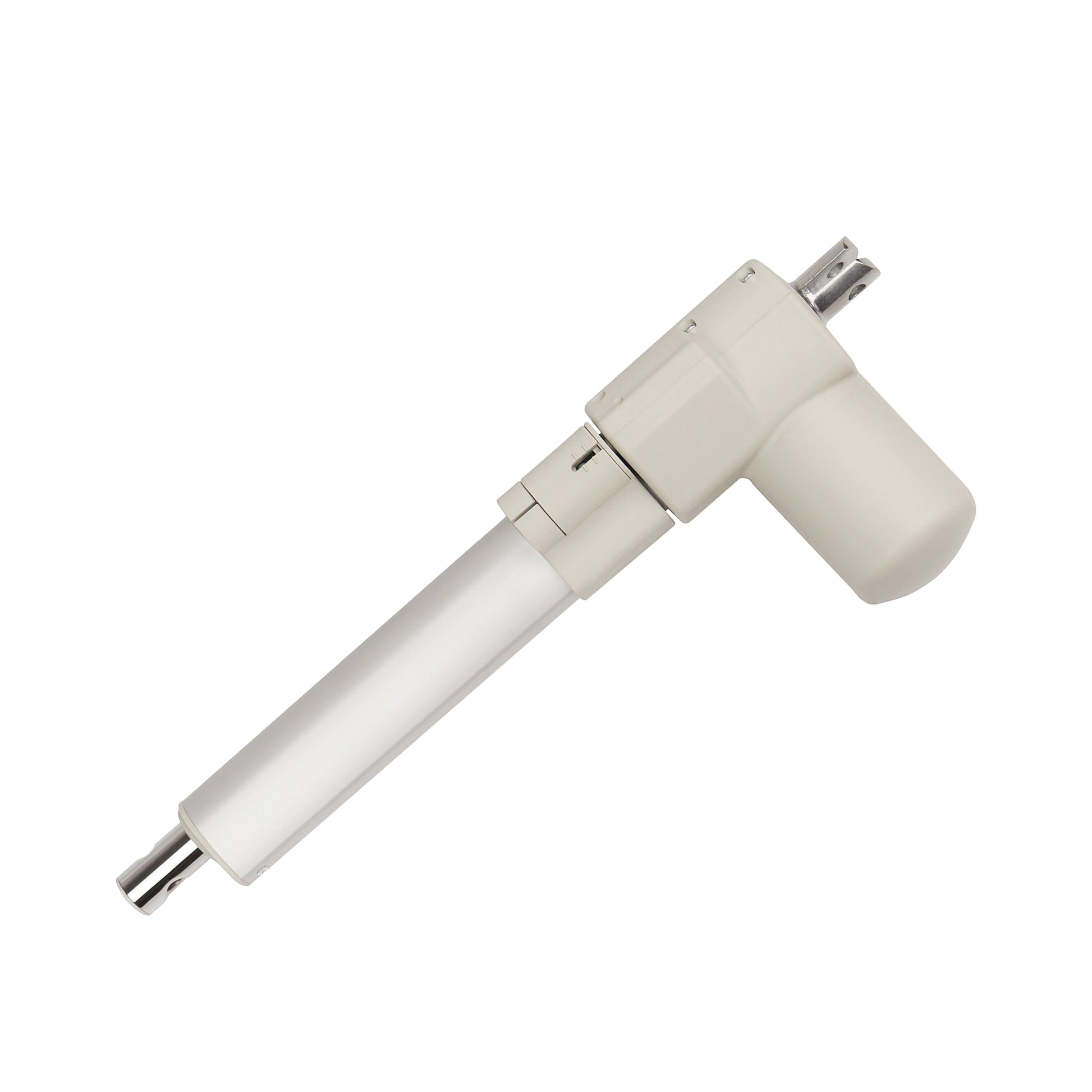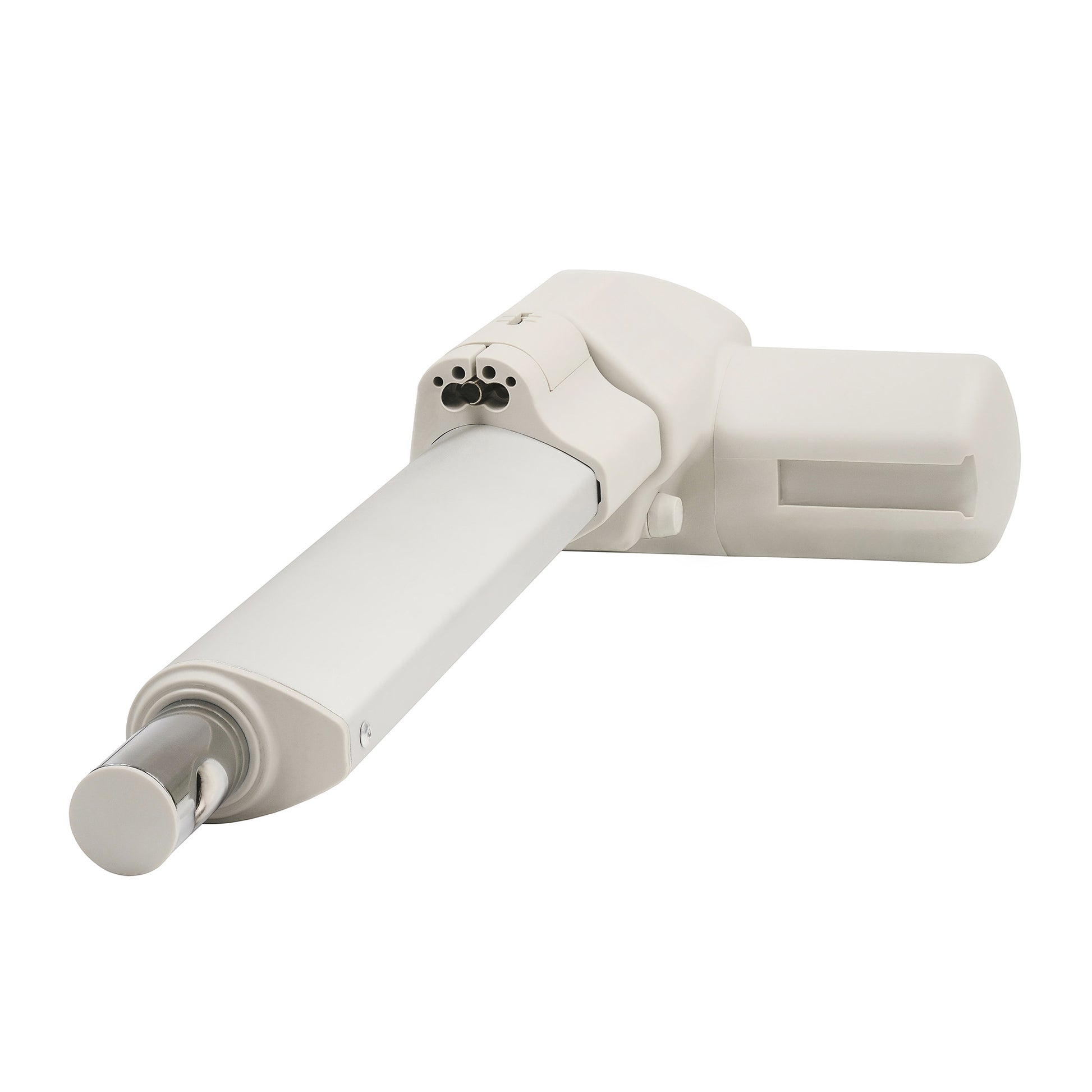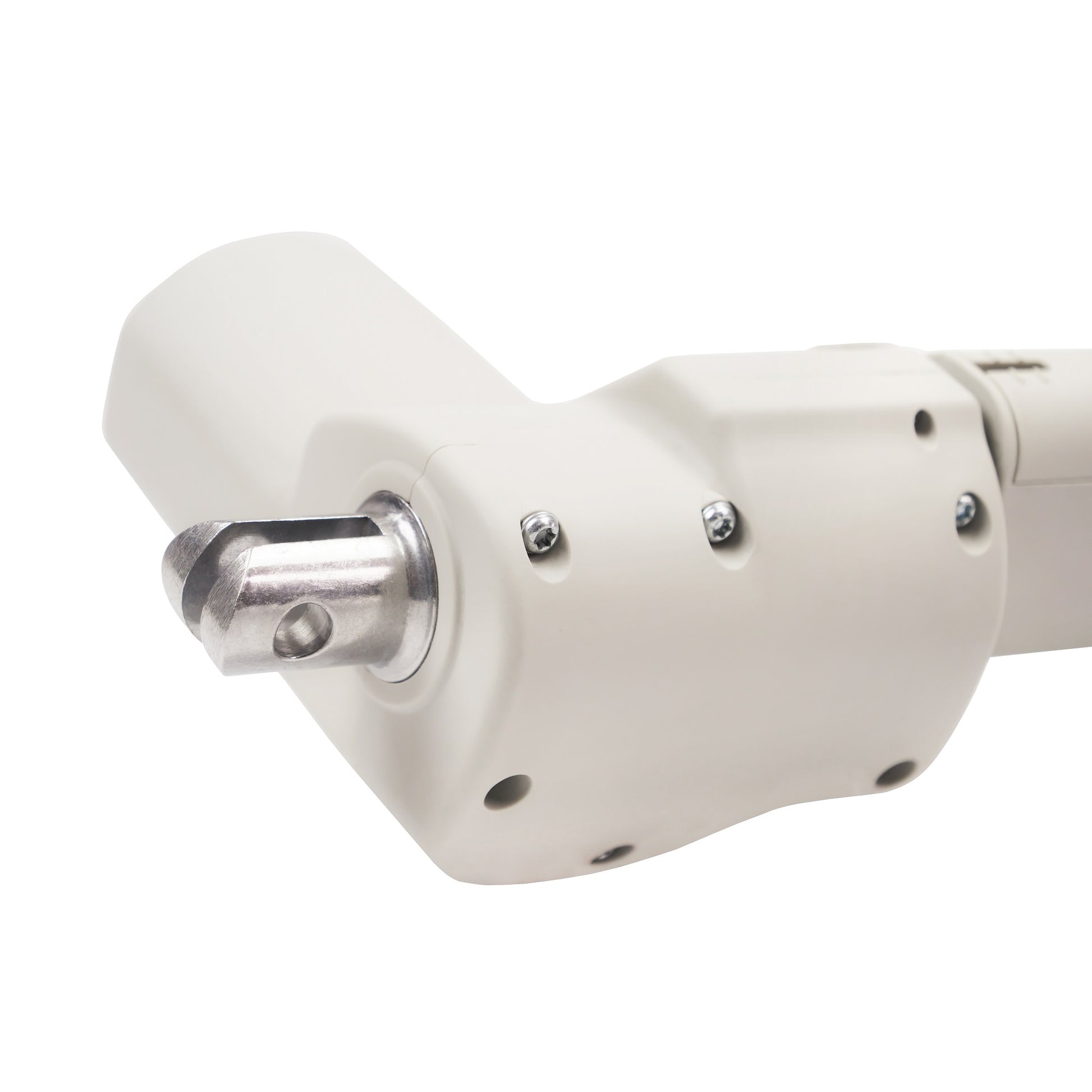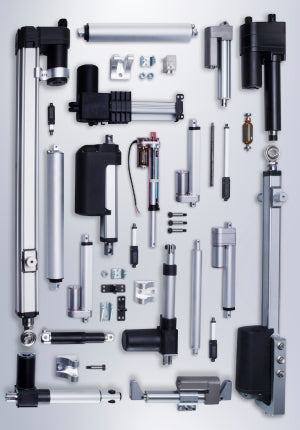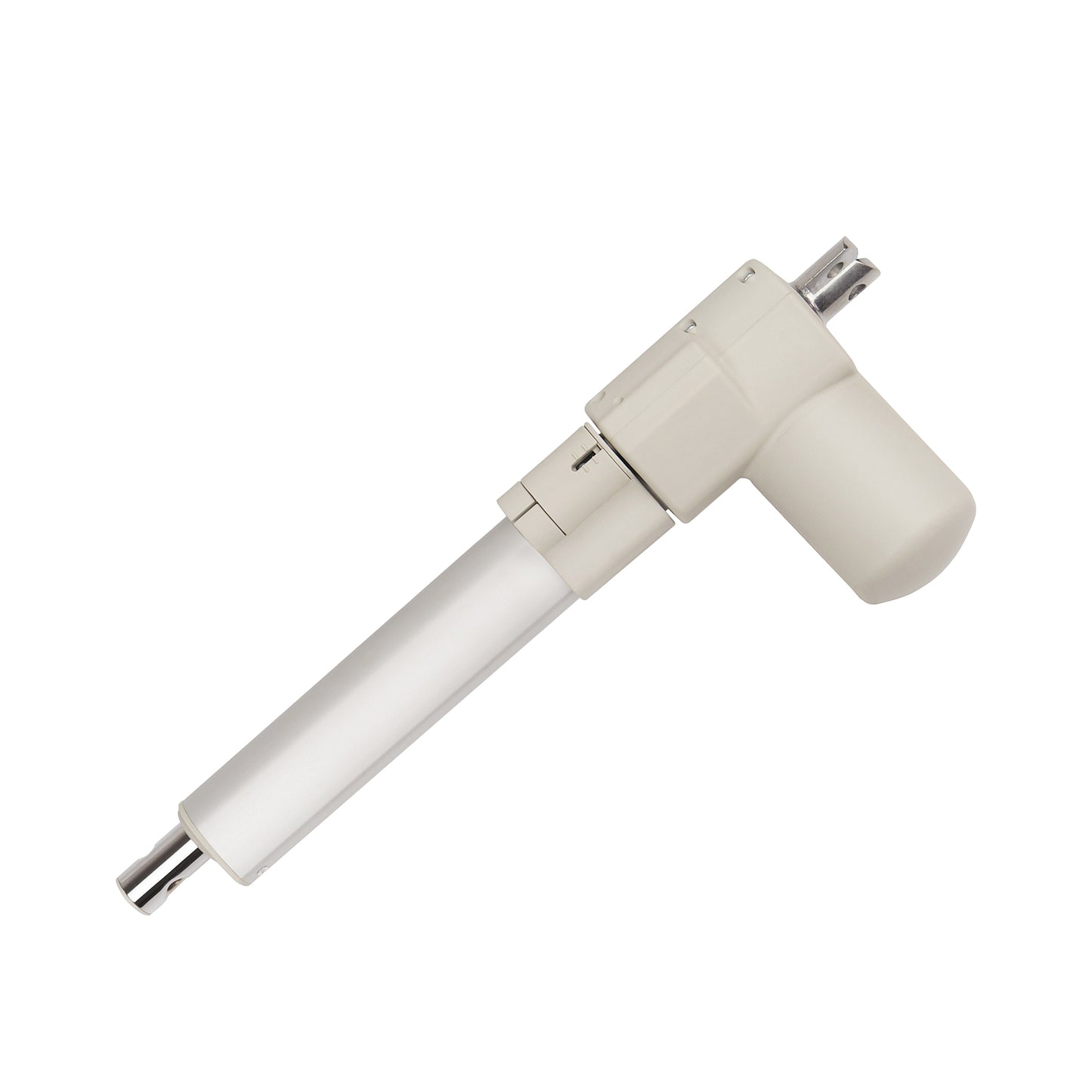






The PA-QR1 is a quick release actuator, offering added safety and quick movement to any application. The safety feature of the quick release is a critical component, preventing situations where the application may get stuck in a single position. This actuator utilizes a cable pull-style release mechanism that when engaged, allows the shaft to be moved manually, even when the unit is unpowered! It also allows for quick release to be engaged when the actuator is not accessible, by utilizing the AC-32 Quick Release Lever and Cable. With a weight capacity of 675 lbs and stroke lengths from 4" to 14", this actuator is ideal for many projects.
Some examples of the key industries that use the quick release actuator include the medical field for medical beds, dental chairs, and patient lifts and home automation for trap doors and security safes.
Actuators Comparison ChartMOUNTING OPTIONS:
This actuator is compatible with the BRK-02 for both stroke and motor end mounting. For more detailed information and specifications, check out this bracket's product page.
CONTROL SYSTEMS:
This quick release actuator is compatible with a wide array of control systems we have available. For more information about our plug-n-play control boxes and development micro-controllers, please see our control systems page.
Custom options
Looking for an actuator but the specifications don't exactly match what you require? We have an extensive list of customization capabilities to ensure you get exactly what you need for your project. Download this product's data sheet and find out more about your customization options!
The PA-QR1 is a quick release actuator, offering added safety and quick movement to any application. The safety feature of the quick release is a critical component, preventing situations where the application may get stuck in a single position. This actuator utilizes a cable pull-style release mechanism that when engaged, allows the shaft to be moved manually, even when the unit is unpowered! It also allows for quick release to be engaged when the actuator is not accessible, by utilizing the AC-32 Quick Release Lever and Cable. With a weight capacity of 675 lbs and stroke lengths from 4" to 14", this actuator is ideal for many projects.
Some examples of the key industries that use the quick release actuator include the medical field for medical beds, dental chairs, and patient lifts and home automation for trap doors and security safes.
Actuators Comparison ChartMOUNTING OPTIONS:
This actuator is compatible with the BRK-02 for both stroke and motor end mounting. For more detailed information and specifications, check out this bracket's product page.
CONTROL SYSTEMS:
This quick release actuator is compatible with a wide array of control systems we have available. For more information about our plug-n-play control boxes and development micro-controllers, please see our control systems page.
Custom options
Looking for an actuator but the specifications don't exactly match what you require? We have an extensive list of customization capabilities to ensure you get exactly what you need for your project. Download this product's data sheet and find out more about your customization options!
Following a set of standards is crucial for businesses to ensure their products and services can meet a level of quality that promotes customer satisfaction. At Progressive Automations, we aim for nothing but the best for our customers and strive toward continual improvements. Because of this, we are excited to announce that Progressive Automations is now ISO 9001:2015 certified!
Quality You Can Trust – Learn More